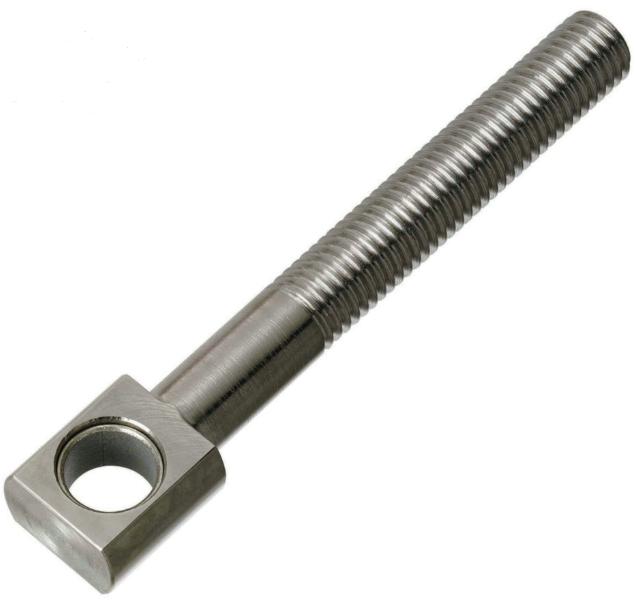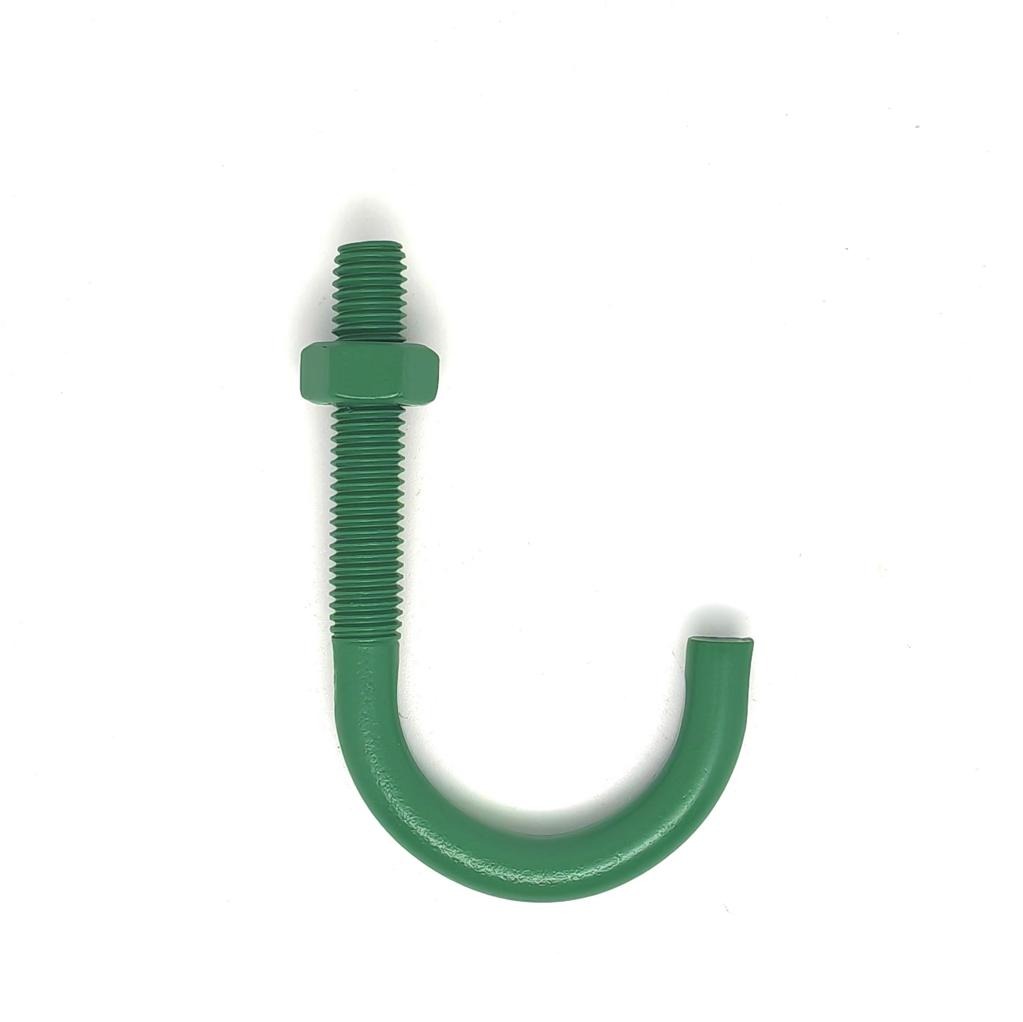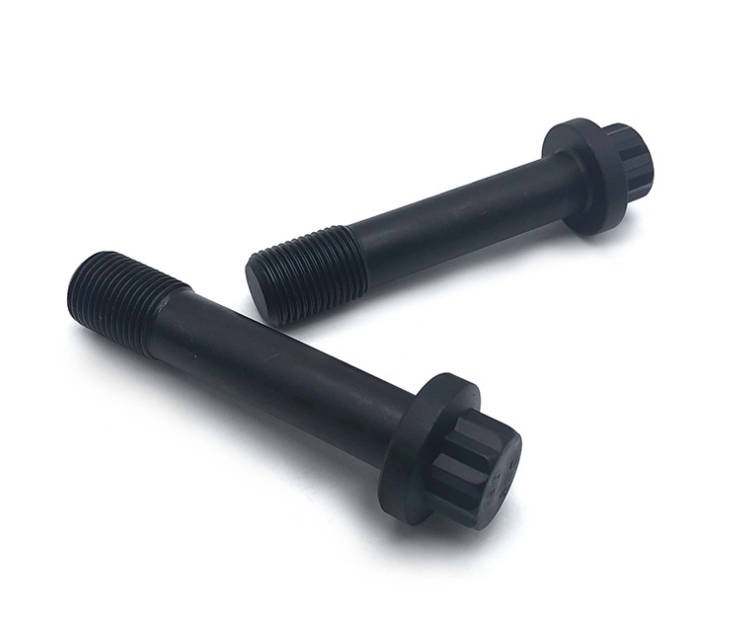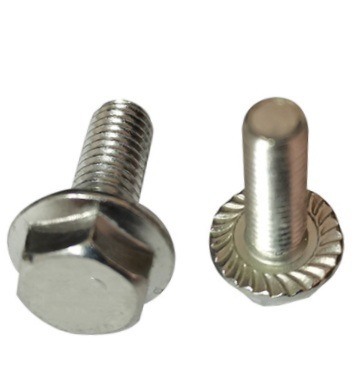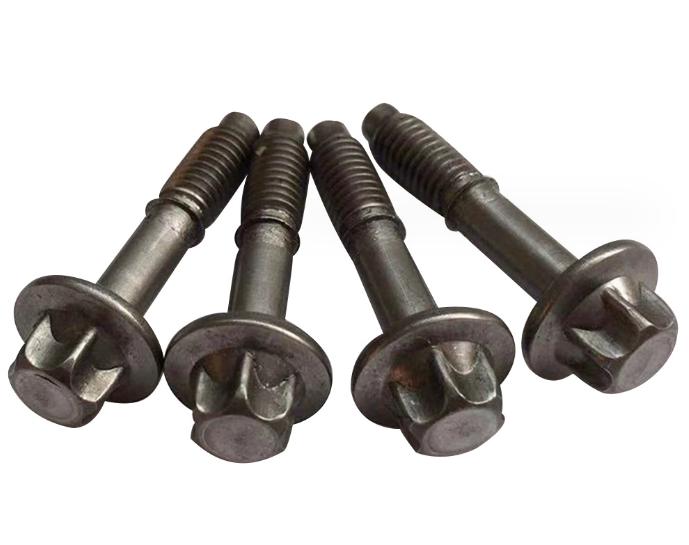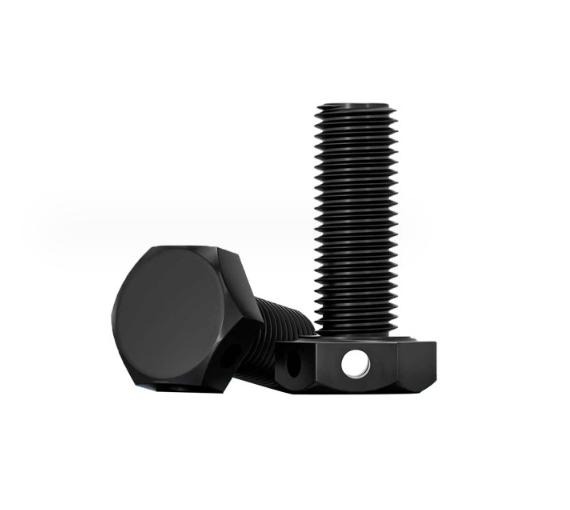The Vital Role of High-strength Bolts in Structural Applications
High-strength bolts are indispensable components in structural engineering, offering robust performance in connecting and securing structural elements under demanding conditions. These bolts are specifically designed to handle high stresses and provide reliable, long-term stability in a variety of applications.
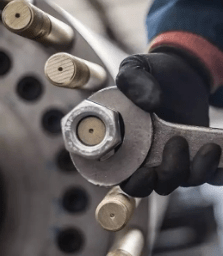
Table of Contents
Key Features of High-strength Bolts for Structural Applications
- Superior Tensile Strength: High-strength bolts are designed to withstand significant tensile forces without breaking or deforming. This feature is critical for structural applications where the bolts are responsible for holding large and heavy components together. The bolts’ tensile strength ensures the overall stability and safety of the structure.
- Corrosion Resistance: Many high-strength bolts are coated or treated to resist corrosion from environmental factors like moisture, saltwater, and industrial chemicals. Coatings such as hot-dip galvanization, zinc plating, and fluoropolymer coatings protect the bolts from rust and extend their lifespan in harsh environments, making them ideal for bridges, offshore platforms, and other exposed structures.
- Fatigue Resistance: Structural applications often involve dynamic loads, including vibrations, fluctuating stresses, and repeated loading cycles. High-strength bolts are designed to resist fatigue, meaning they can endure these continuous stress cycles without cracking or losing their integrity. This feature is particularly important for bridges, cranes, and other infrastructure exposed to heavy traffic or moving machinery.
- High-Temperature Resistance: High-strength bolts used in structural applications must often withstand extreme temperatures, particularly in industrial environments like power plants and factories. Many high-strength bolts are made from alloys that retain their strength even at elevated temperatures. These bolts can resist thermal expansion and contraction, which is essential in maintaining the structural integrity of high-temperature systems.
- Enhanced Threading for Secure Fastening: The threading of high-strength bolts is engineered to provide maximum surface contact and torque strength. The improved threading design ensures that the bolts can handle greater loads and provide a more secure connection, preventing loosening over time due to vibrations or external forces. This feature is crucial in securing structural components in high-stress applications.
- Easy Installation and Maintenance: High-strength bolts are designed for ease of installation, with many being pre-tensioned to ensure uniform load distribution. This allows for quicker assembly and reduces the risk of errors during construction. In addition, they often require minimal maintenance due to their durability and corrosion resistance, leading to lower long-term maintenance costs for the structure.
- Self-Locking and Anti-Loosening Designs: To ensure long-term security, many high-strength bolts are designed with self-locking mechanisms or include additional locking features such as washers to prevent loosening under dynamic loads. This innovation is particularly valuable in high-stress environments where bolts are exposed to vibrations or fluctuating forces.
- Increased Load-Bearing Capacity: High-strength bolts are specifically engineered to handle high loads, providing the necessary stability for large-scale structures. Their enhanced load-bearing capacity ensures that even under extreme conditions, such as those found in bridges or large industrial buildings, the bolts can maintain the structural integrity of the project.
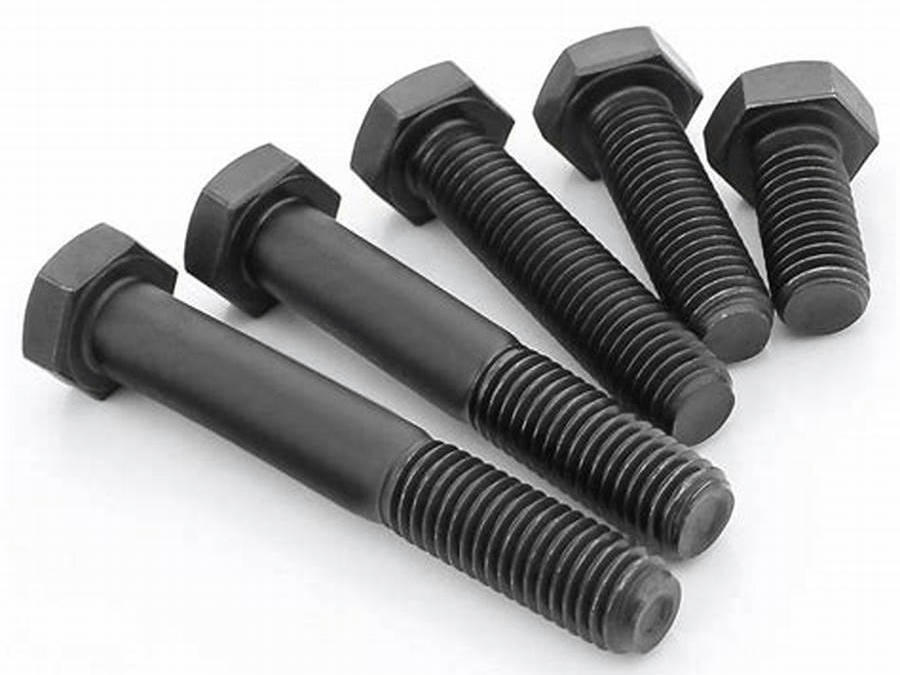
Key Structural Applications of High-strength Bolts
1. Steel Construction and Building Frameworks
High-strength bolts are commonly used in the assembly of steel structures such as skyscrapers, industrial buildings, and commercial facilities. These bolts secure critical elements like beams, columns, and trusses, ensuring the integrity of the overall framework. Their ability to resist heavy loads and vibrations makes them ideal for high-rise buildings, where safety and durability are paramount.
Application Examples:
- Steel beams and columns in high-rise buildings
- Connection of structural elements in industrial plants
- Reinforcement of steel frames
2. Bridges and Transportation Infrastructure
In bridge construction, high-strength bolts are used to connect steel components that bear the weight of vehicles, pedestrians, and environmental stresses like wind or seismic forces. These bolts play a crucial role in providing the necessary structural stability for bridges, highways, and overpasses.
Application Examples:
- Steel bridges and viaducts
- Highway and railroad connections
- Suspension and cable-stayed bridges
3. Industrial and Commercial Machinery
High-strength bolts are crucial in securing key machinery components such as engines, turbines, and heavy equipment used in industrial settings. These bolts ensure that the mechanical elements remain securely fastened even under continuous use and vibrations.
Application Examples:
Heavy industrial equipment and machinery foundations
Power plant turbines and generators
Steel processing machinery
4. Renewable Energy Systems
High-strength bolts are widely used in renewable energy installations, particularly in wind turbines and solar panel mounting systems. They provide the necessary strength to withstand extreme environmental conditions, including high winds, temperature changes, and structural movements, ensuring the durability of the energy systems.
Application Examples:
Wind turbine foundations and nacelles
Solar panel support structures
Mounting systems for photovoltaic (PV) arrays
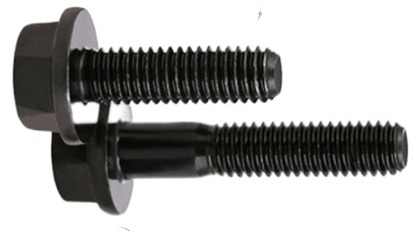
5. Oil and Gas Industry Infrastructure
In the oil and gas industry, high-strength bolts are used to secure pipelines, platforms, and other critical infrastructure. These bolts must withstand extreme pressure, temperature fluctuations, and exposure to harsh chemicals. High-strength bolts ensure the secure connection of critical components in offshore platforms, refineries, and petrochemical facilities.
Application Examples:
- Offshore oil rigs and platforms
- Gas pipeline connections
- Oil refinery equipment and storage tanks
6. Seismic and Earthquake-Resistant Structures
High-strength bolts are essential in seismic engineering, where structures are designed to withstand the dynamic forces generated by earthquakes. These bolts are used in the construction of earthquake-resistant buildings, bridges, and other infrastructure, helping to maintain structural integrity under extreme conditions.
Application Examples:
- Earthquake-resistant building foundations
- Seismic bracing systems in high-rise buildings
- Bridges in earthquake-prone regions
7. Marine and Shipbuilding Applications
In marine construction, high-strength bolts are used in shipbuilding, offshore platforms, and marine infrastructure such as docks and piers. These bolts must resist the corrosive effects of saltwater and withstand the stresses caused by waves, currents, and heavy loads.
Application Examples:
- Offshore platforms and drilling rigs
- Ship hulls and structural components
- Docking and pier installations
8. Heavy-Duty Industrial Storage and Warehouses
High-strength bolts are used to secure the structural elements of heavy-duty industrial storage facilities and warehouses. These bolts are essential for ensuring the stability of large-scale storage systems, such as racking structures and shelving units, which bear the weight of stored goods.
Application Examples:
- High-bay racking systems
- Large storage tanks and silos
- Warehouse and distribution center frameworks
9. High-Performance Infrastructure Projects
For infrastructure projects such as tunnels, dams, and water treatment plants, high-strength bolts are critical for connecting structural elements that need to withstand extreme pressures or forces. These bolts ensure the long-term durability and safety of critical infrastructure.
Application Examples:
- Tunnel and underground construction
- Dams and hydroelectric power plants
- Water treatment plant frameworks
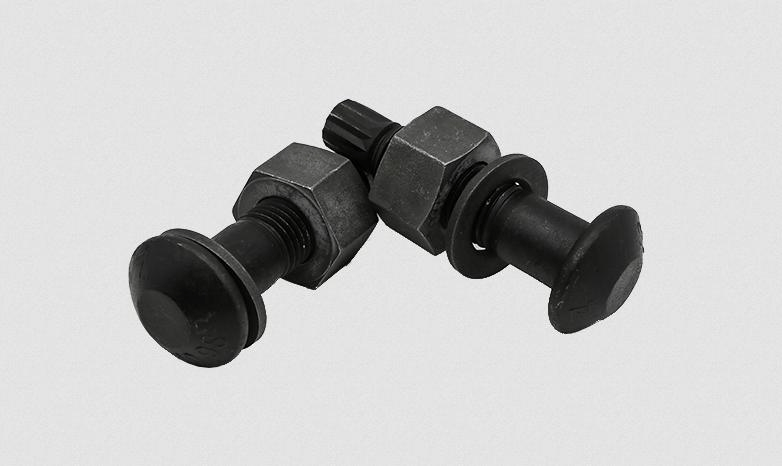
Common Types of High-strength Bolts in Structural Applications
These types of high-strength bolts are used in various structural applications depending on the load requirements, environmental conditions, and specific design needs of the project. Each bolt type offers distinct advantages in terms of installation, strength, and reliability in structural connections.
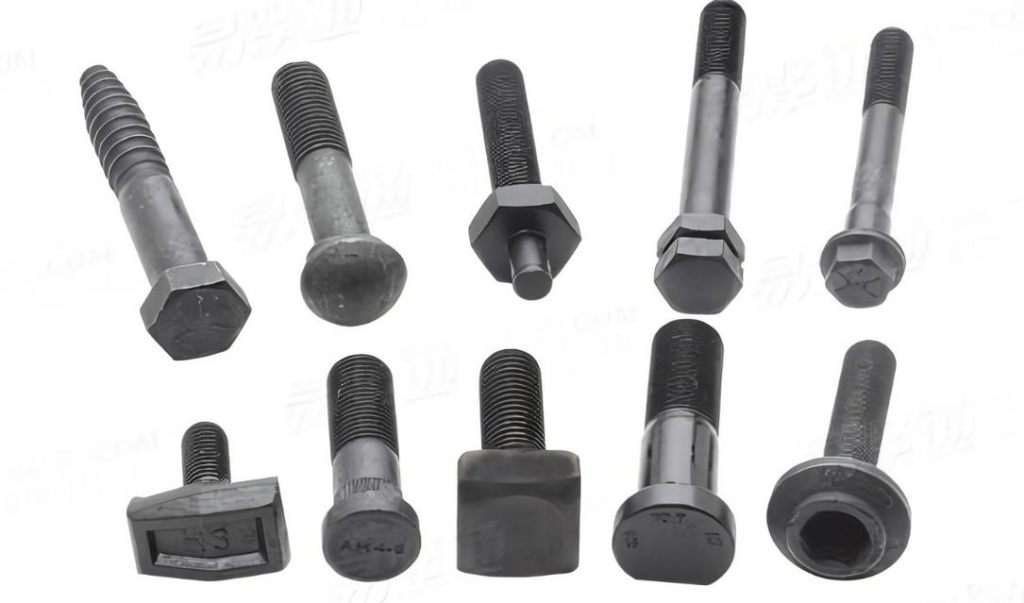
| Type of High-Strength Bolt | Description | Common Applications |
| Hexagon Head Bolts | Standard bolts with a hexagonal head, widely used for high-strength connections. | General construction, bridges, heavy machinery, and structural steelwork. |
| Anchor Bolts | Bolts used to attach structural components to concrete or masonry. | Bridge foundations, heavy equipment mounting, building foundations. |
| Heavy Hex Bolts | Larger hex-head bolts designed for heavy-duty applications requiring high strength. | Steel frames, bridges, towers, and large structural assemblies. |
| High-Tensile Bolts (Grade 8.8, 10.9, 12.9) | Bolts made from higher tensile-strength steel alloys. | Power plants, industrial machinery, steel structures, and equipment. |
| Structural Bolts (A325, A490) | Bolts designed specifically for structural steel connections. | Bridges, large buildings, stadiums, and industrial construction. |
| Tension Control Bolts (TCBs) | Bolts that are designed to be tightened to a specific tension using special tools. | Steel construction, particularly for heavy-duty structural frames. |
| Flanged Bolts | Bolts with a flange or collar that allows for easy installation and load distribution. | Steel structures, piping systems, and high-strength industrial applications. |
| Carriage Bolts | Bolts with a rounded head and a square neck, preventing rotation when tightened. | Wooden frame structures, steel-wood connections, and some industrial applications. |
| Double-End Bolts | Bolts with threads at both ends, allowing for secure fastening with nuts on each side. | Heavy equipment mounting, steel structures, and machinery installations. |
| Black Bolts | Standard high-strength bolts often coated with black oxide for corrosion resistance. | Industrial equipment, structural steelwork, and general construction. |
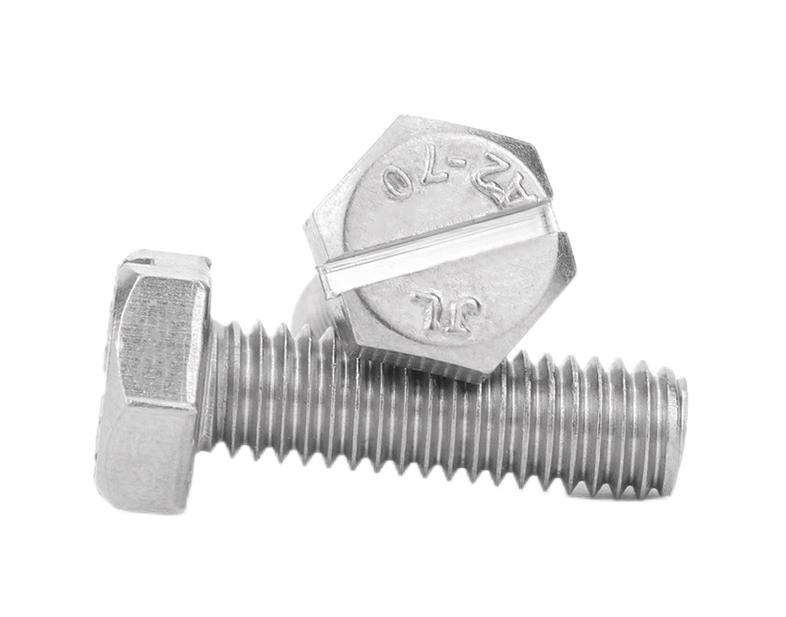
Innovations in High-strength Bolts for Structural Applications
These innovations in high-strength bolts are designed to improve the performance, durability, and safety of structural applications. They provide enhanced resistance to environmental stressors, better load-bearing capacity and more efficient construction processes.
| Innovation | Description | Benefits | Applications |
| Smart Bolts with Load Monitoring | Bolts embedded with sensors that provide real-time data on load, tension, and stress. | Early detection of stress and failure, improved structural safety. | Bridges, high-rise buildings, critical infrastructure. |
| High-Strength Stainless Steel | Bolts made from corrosion-resistant, high-strength stainless steel alloys. | Long-lasting performance in exposed environments, enhanced load-bearing capacity. | Chemical plants, offshore structures, heavy industrial machinery. |
| Seismic-Resistant Bolts | Bolts designed with enhanced flexibility and strength to withstand seismic forces. | Improves structural resilience during earthquakes, reduces risk of failure. | Earthquake-prone regions, bridges, high-rise buildings. |
| Eco-Friendly and Sustainable Coatings | Use of environmentally friendly coatings that reduce toxicity and environmental impact. | Minimizes environmental footprint, supports sustainable construction. | Green buildings, renewable energy projects, eco-conscious construction. |
| High-Strength Bolts with Improved Threading | Advanced threading techniques for increased contact surface and torque strength. | Better load distribution, more secure fastening, enhanced durability. | Bridges, buildings, high-traffic infrastructure. |
| Nano-Coated Bolts | Use of nanotechnology to create ultra-thin coatings that enhance wear resistance and reduce friction. | Improved performance, less maintenance, longer lifespan. | Bridges, tunnels, high-traffic industrial settings. |
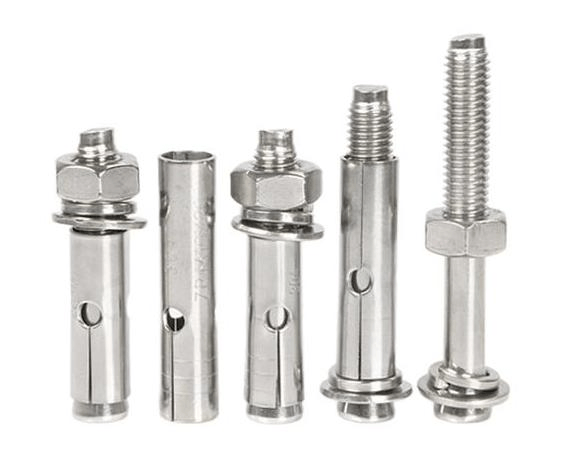
Summary
High-strength bolts provides the reliability and performance needed to meet the demands of complex engineering projects. Their superior mechanical properties, adaptability, and advancements in technology make them an ideal choice for high-performance requirements. Through utilizing high-strength bolts, engineers can ensure the stability and durability of critical infrastructure, meeting modern structural and industrial demands.

